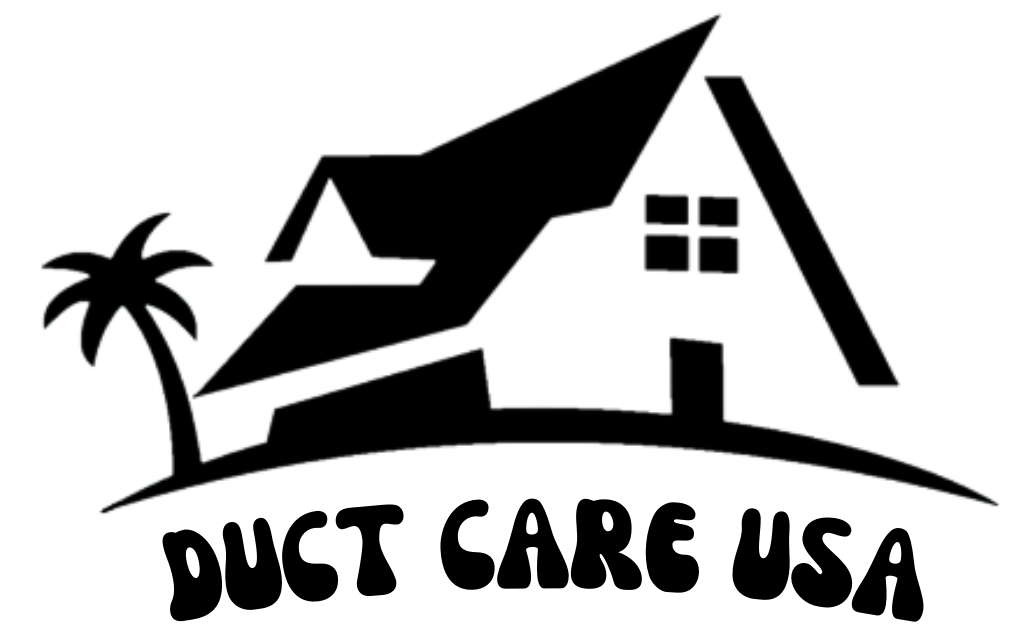Air Duct Cleaning
Air Duct Cleaning Matters
The EPA estimates that the air inside a home can be up to 100 times dirtier than the air outdoors, and most people spend up to 90% of their day inside. Experts suggest that your home’s air ducts should be cleaned every 2 to 3 years, depending on how you live and if you have pets. You also should have your air ducts cleaned after construction or a renovation project. When you buy a new home, having its air ducts cleaned before you move in helps ensure the home’s ducts are free of contaminants left behind by prior owners.
Air duct cleaning can improve your home’s air quality by removing dust, dirt, hair, and pet dander. This process removes contaminants that contribute to allergies and can reduce the need to dust. Cleaning the ducts of your home’s heating and cooling system can increase its efficiency by up to 30%. To check the dirt and dust levels in your home’s air ducts, remove a vent and use a camera to peek down your ducts to see if they need cleaning.
14 Steps of Duct Cleaning Process
1. The vacuum and compressed air equipment are setup outside the home and are properly positioned to allow for the most direct connection to your HVAC system and its ductwork. Large portable HEPA vacuums also can be used and set up closer to the system where appropriate. If needed, drop cloths are laid out to protect the floor where the vacuum hose is brought in. Our technicians wear nitrile gloves to prevent leaving fingerprints and wear booties to protect your rugs and floors. They place plastic sheaths on your wall corners to protect them from the vacuum hose. Because nothing is sucked up from the vents and the process uses negative pressure, you do not need to leave your home or worry about dusting after the service.
2. Before any work is begun, Armstrong technicians will cycle your HVAC system’s power to ensure the system is functioning. If any problems are found, you will be notified immediately.
3. Access openings are cut into the main trunk duct work in strategic locations. Don’t worry; this is normal and allows us to properly remove the debris from your system. These access openings are large enough to accommodate our vacuum hoses, which start at 10″ in diameter. This is done as applicable. If ductwork is not accessible, we open up the HVAC system to access the plenums or areas of the main duct work.
4. The vacuum hose is connected to the supply trunk line (trunk ducts are the larger ducts in your home) in a centralized location to create a vacuum at every vent attached. We work on one side of the system at a time to prevent any blowback into the home. If the system was opened, we will attach the vacuum to the plenum in the same fashion.
5. All registers are blocked using a special material called “duct mask.” One register at a time is left unblocked. This concentrates the suction applied at the main trunk line to one vent or “branch duct” at a time.
6. All duct cleaning equipment is turned on.
7. All supply vents are air-washed (at 180 psi) and mechanically brushed, depending on the duct construction type and contamination. These tools are all remote-reaching, much like a plumber’s snake, and are ½” in diameter. Their use results in all contamination inside the vent and its duct work being moved into the main trunk duct line (the larger ductwork) where the vacuum is connected. Although the vacuum power is substantial, no harm is done to your duct system. Once this individual vent is finished, we apply duct mask and move to the next vent opening. Unless your system provides limited access, we do not vacuum up from each vent, as it is impossible to put a smaller diameter vacuum hose down a branch line and correctly clean through any vent opening. This is, however, something you can do with your store-bought HEPA-filtered vacuum cleaner.
8. After all the supply vents are cleaned in this manner, we repeat steps 4 through 7 on your return ductwork.
9. Once all vents are cleaned, we clean the main trunk ducts. We start at the far end of the trunk duct, away from the vacuum. Typically, all trunk ducts are mechanically brushed, air-whipped, and air-washed. The brushing and cleaning method is dictated by the construction of your duct system. Every home is different, so different tools are used to accommodate this. All the agitated material is caught in the air stream of the vacuum and sent down the line. If your main trunk duct is accessible, we typically install duct access every 15 to 20 feet to make sure we are removing EVERYTHING from the duct system.
10. Once all main trunk ducts are cleaned and visibly inspected, we move on to clean your HVAC air handling unit. We clean the blower area, removing it if it is accessible, and air-wash all the fan blades. If you have air conditioning, we will inspect your evaporator coil, as long as it is accessible and serviceable. We will determine if the coil needs to be cleaned and present this to you during the job. Matted coils are a breeding ground for microbes. In addition, if they haven’t been cleaned in some time, you can experience up to 20% less efficiency, according to the America Society of Heating, Refrigeration, and Air-Conditioning Engineers (ASHRAE). The condensate pan is also air-washed and drained.
11. Your systems are closed up. The system’s filter is inspected and if a replacement is available, it is installed.
12. All access openings created are sealed up with custom sheet metal access panels. An air-tight seal is made with either an acrylic-based metal tape or mastic sealant. If your duct has insulation, this insulation is re-sealed correctly, not with duct tape. There is no air loss or structural integrity lost in the ducts after this method.
13. The HVAC system is test-fired and our technician makes sure the air handler is operating as it was prior to our service.
14. The working area is cleaned and inspected. All equipment is removed from the home. Nothing is left except for fresh air.


